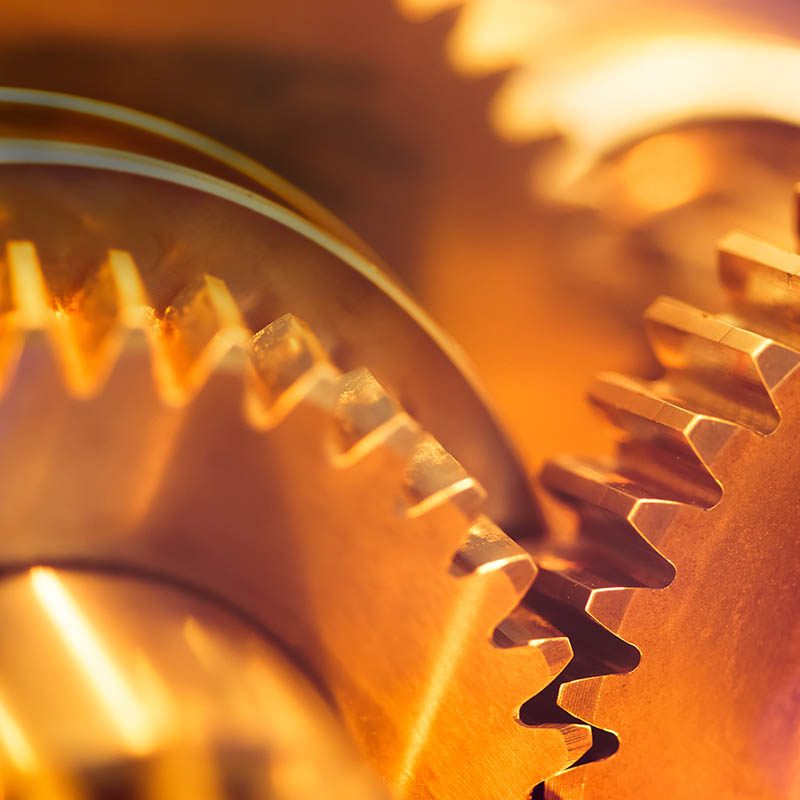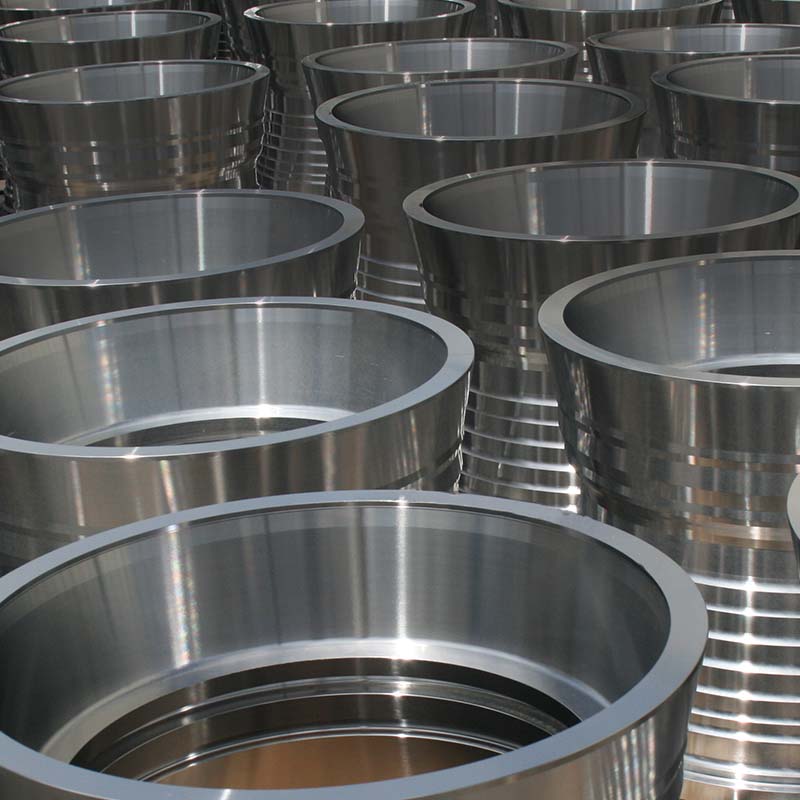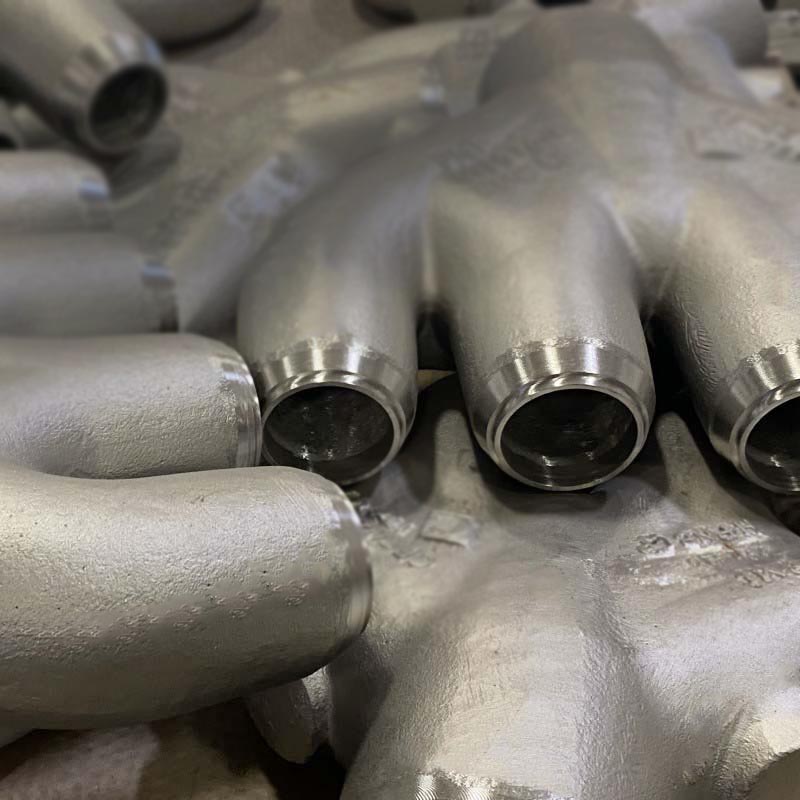Overview
HF, also known as MTEK 20-10, is a carefully balanced austenitic stainless-steel alloy designed for high-temperature applications demanding both strength and corrosion resistance. Its precisely controlled composition of chromium, nickel, and carbon ensures a stable austenitic microstructure, preventing the formation of detrimental sigma phase that can cause embrittlement at elevated temperatures. This makes HF particularly well-suited for prolonged service in the 1200 to 1600 degrees Fahrenheit range, where it maintains its strength, ductility, and corrosion resistance even after extended exposure. This combination of properties makes HF a valuable choice for demanding applications in industries like heat treating, power generation, and chemical processing, where components must operate reliably under high-temperature conditions.
Typical Uses
Annealing boxes, annealing furnace components, burner tips, burnishing rolls, convection furnace components, and gas burner rings.
MetalTek Designation
MTEK 20-10
Poured At:
Carondelet Division, Sandusky International Division, Wisconsin Centrifugal Division, Wisconsin Investcast Division
Similar Specifications
Cast UNS: J92603
Wrought Grade: 302
Cast Grade: HF
Cast ASTM: A297, A608
Typical Chemical Composition (% by wt.)
Aluminum: n/a
Carbon: 0.20-0.40
Chromium: 18-23
Manganese: 2
Iron: n/a
Copper: n/a
Nickel: 8.0-12.0
Lead: n/a
Tin: n/a
Silicon: 2
Zinc: n/a
Minimum Mechanical Properties
Heat Treatment: Not Heat Treated
Frequently Asked Questions
Heat resistant stainless steel refers to alloys designed to maintain mechanical properties and resist oxidation at elevated temperatures.
Applications include furnace parts, heat exchangers, and components in petrochemical plants.
Heat resistant stainless steels can withstand temperatures up to 1,150°C (2,100°F), depending on the grade and exposure time.
High chromium and nickel contents stabilize the austenitic structure and form a protective oxide layer, resisting scale and oxidation.



